Kounteya Sinha and Ritu Nangalia Jaiswal have conceptualized and are rolling out the Remembrance Project which is unfolding brilliantly on social media. This team of seven people includes photographers, filmmakers and editors who are taking portraits of 150 Calcutta women – selected and nominated – to make each of them feel beautiful. The photoshoots have taken place wherever the woman feels best expresses her spirit and to date have occurred in varied venues including the maidan, the Parsi Agiary (Fire temple), the Flower Market, by the river, as well as inside people’s homes. The visually compelling photographs and the stories being narrated about each one of them are personally and politically empowering. The stories have been inspiring, motivational and moving for the women who have shared their vulnerabilities, trials, tribulations, and triumphs. At the same time the portraits capture the beauty of the city.
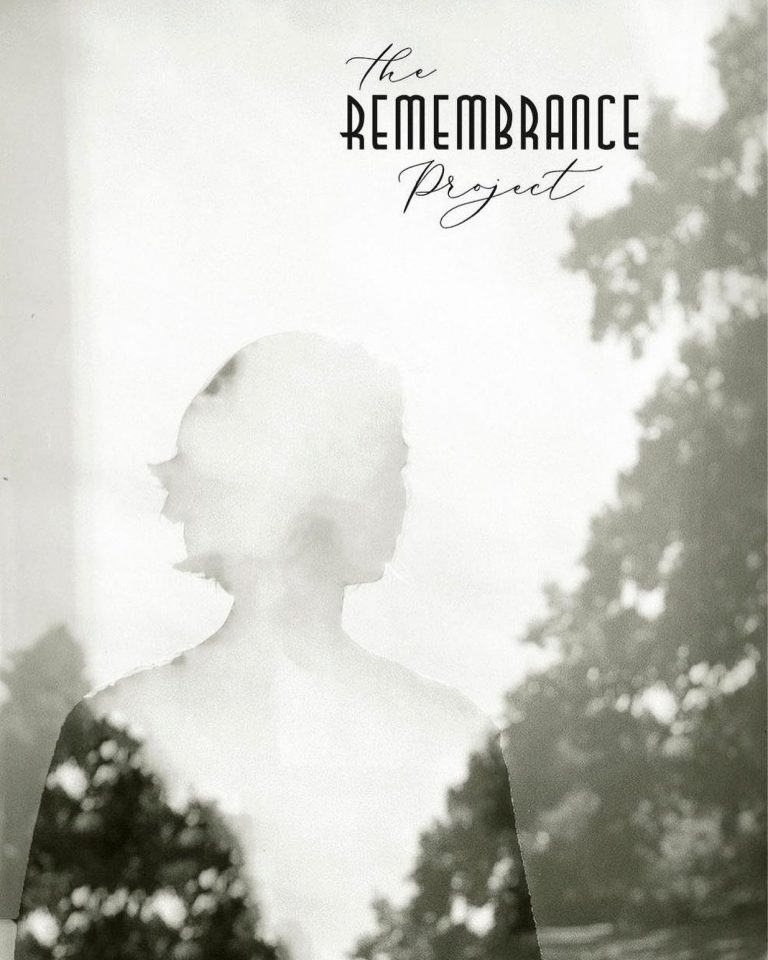
To date over fifty-five women from all walks of life and strata of society have been photographed. More than twenty-five portraits have been released online and the initiative is garnering media attention. The portraits are diverse, fascinating, memorable, and inspiring. They include octogenarian Katie Saklat photographed among her glorious paintings in her home which also serves as her studio, Rukshana Kapadia and her partner Suneha Saha, and Shiuli Biswas who runs the Royal tea stall outside the Calcutta Stock Exchange. Yet it is the stories of Lahana Ghose, Sanhita, Ruma Chakraborty and Mala Pal that have resonated particularly for me. Each has not only overcome many gender barriers to work in their field, but created opportunities for other women in traditionally male worlds. Furthermore, each excels in a sphere that defines the quintessential Bengali sensibility – Lahana sells mishtis, Sanhita shares her knowledge of Bauls, Ruma is a newspaper distributor – the only one in the city, and Mala makes murtis in Kumartuli.
Lahana Ghose is from a long line of sweet makers. Her family business, the iconic Jugal’s sweet shop, will be celebrating its centenary next year. The family disinherited her father from the famous Jugal’s shop on Mahatma Gandhi Road, as he had two daughters. They thought women were not suited to leading the family business. Lahana’s uncle who had two sons inherited the lucrative business. Lahana, who was working in finance in Canada, returned in 2020 to reclaim her legacy and to assist her father. She now works with him to ensure that the business he had painstakingly nurtured will not only survive but thrive. She applies her technological and marketing skills to enhance the reach of the business and has done so very successfully.
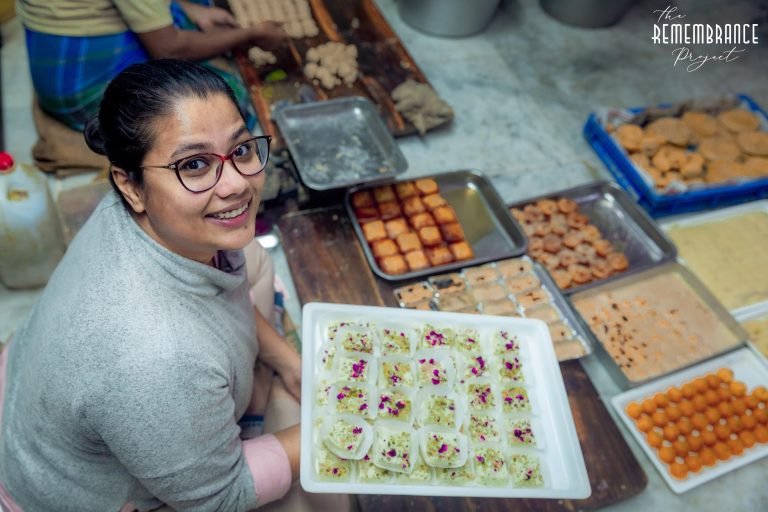
The mishti business, very much in the unorganized sector, is not only chaotic but extremely segregated on caste, economic and religious lines. The karigars, mostly rural men, are poorly paid and working conditions are far from ideal. Lahana explained that Jugal’s still uses age-old calculation methods and measurements and hand-made brick ovens. She believes sweets need to be handcrafted and is resisting automation. She respects the knowledge of the karigars who are highly skilled in their work and understands milk, chhana, its texture, and how a particular sandesh must be prepared. She is committed to reviving the karigar tradition and to bring more gender inclusivity and better wages and working conditions to this beloved Bengali industry. She has not let the gender barriers she has faced deter her in her quest.
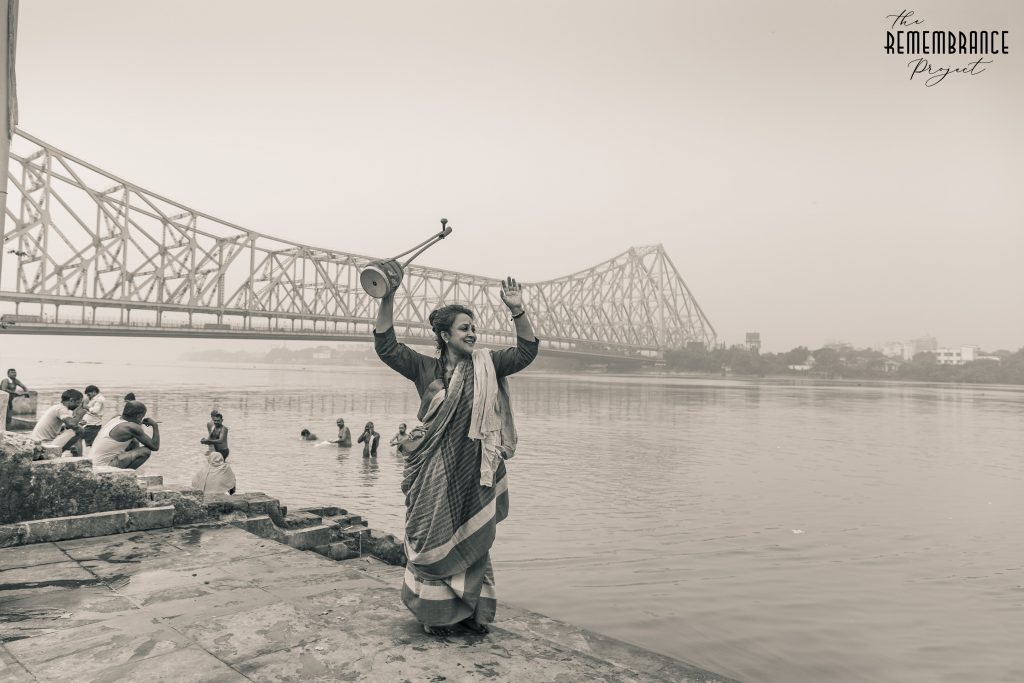
Sanhita, embracing only her first name to reject any caste associations, is one with the Baul community. As a child she always broke rules and sought to understand the world in her own way and on her own terms. She left home at the age of fourteen. In 2008 she started walking through the villages of Nadia, Murshidabad and Birbhum to learn firsthand the Baul philosophy, lifestyle and their devotional songs. Sanhita sums up the essence of the Bauls who strive to be childlike, humble, clean of heart, and dedicated to embracing all people and the universe with love. She has established the Folk Foundation to give the community greater recognition and to enhance their livelihoods. She has also set up an Artist’s Den in the village of Golak, famous for the Baul mela of Joydeb each January. The Den situated on the banks of the Ajoy River welcomes artists to stay for as long as they like so they can draw inspiration from Nature and reverberating silences in their artistic sphere.
The portraits are diverse, fascinating, memorable, and inspiring. They include octogenarian Katie Saklat photographed among her glorious paintings in her home which also serves as her studio, Rukshana Kapadia and her partner Suneha Saha, and Shiuli Biswas who runs the Royal tea stall outside the Calcutta Stock Exchange. Yet it is the stories of Lahana Ghose, Sanhita, Ruma Chakraborty and Mala Pal that have resonated particularly for me.
Ruma Chakraborty lost her husband when he was middle-aged. He was a newspaper distributor. Left to fend for herself she felt confident that since she was good at math and had finished high school, she could do the job. Despite meeting resistance in this entirely male profession, she persisted and overcame the exclusion by building a relationship with the vendors. She has not developed her delivery business and is financially independent. Despite starting her day at 5:30 am to complete her deliveries to fifty homes, she makes time to tutor over twelve children as she believes that knowledge is the most precious commodity that a person can possess. It is the reason she reads the newspaper from cover to cover each day.
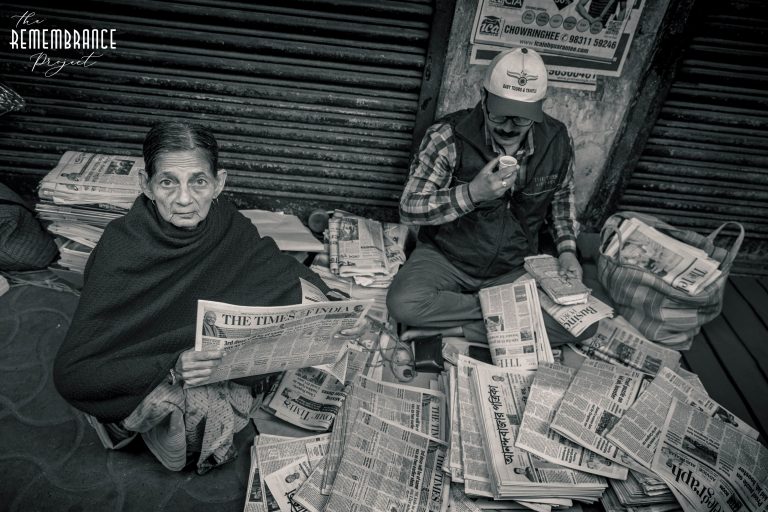
Mala Pal’s father was a master potter in Kumartuli who was against women entering the workplace. When he passed away in 1987, Mala was only fourteen years old and started making idols to support the family. Today she is a well-respected artist and is concerned that her daughter, like the children of other potters, do not want to work in the profession where earnings are meagre, the hours long, and artists for the most part remain anonymous. Dedicated to preserving this traditional craft that dates to the eight centuries, Mala started Kumartuli’s first in-house school. She holds a weekly class for thirty-two students that travel from all over the state to learn from her as her contribution to sustaining this craft.
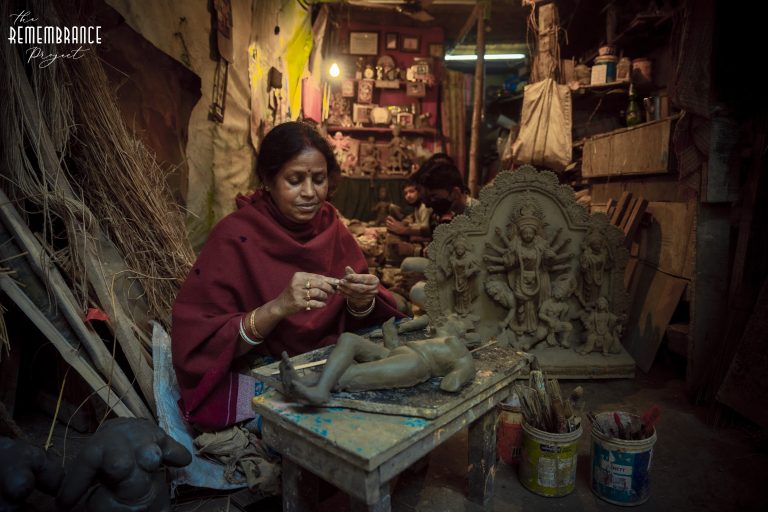
Since December 4th, the Remembrance dream team has been up at 4:30 am to shoot in locations across the city. Sinha sits down and chats with each person about themselves once the photo shoot is completed. It is from these exchanges that he weaves stories that run alongside the luminous photos that are released each day. While the work is physically exhausting, Kounteya has felt spiritually rewarded by this project. “I feel immense satisfaction each day from hearing and narrating stories of incredible trials and tribulations and am privileged to change the way people feel about themselves.” Ritu also feels her goals have been met. She believes that old photographs take her down memory lane and fill her with joy and pride. “That is what I want every woman to feel after being part of this project – valued and visible.”
The Remembrance Project will be long remembered by the women who will look back at these splendid photographs and accounts of them as a special memory, and by those who have been inspired by their stories.
Images courtesy: Kounteya Sinha
Jael Silliman, born in Kolkata, was educated at Wellesley College, Mass., Harvard University, University of Texas, Austin. She received her doctoral degree in international education at Columbia University. She has written extensively on gender and economic development, and women’s movements in the developing world. 'The Teak Almirah', 'Where Gods Reside: Sacred Places of Kolkata', 'Jewish Portraits, Indian Frames: Women's Narratives from a Diaspora of Hope' are some of her published works.





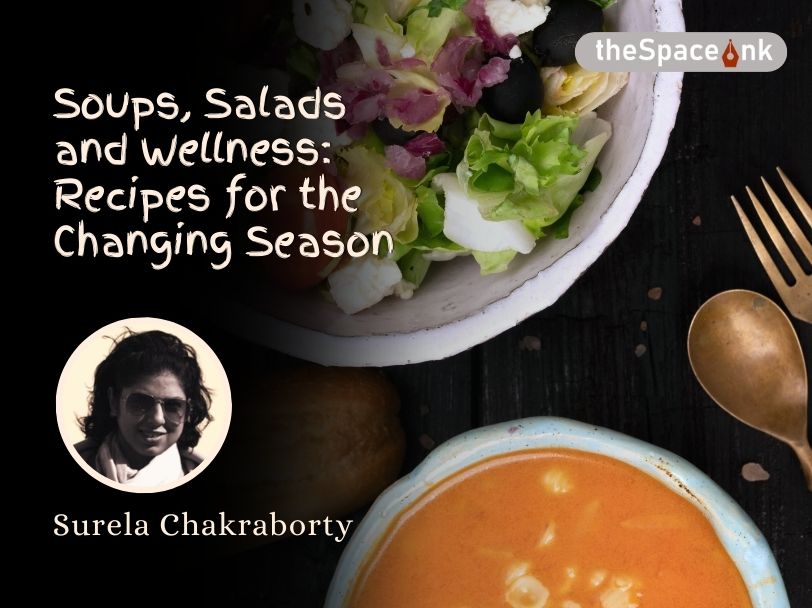
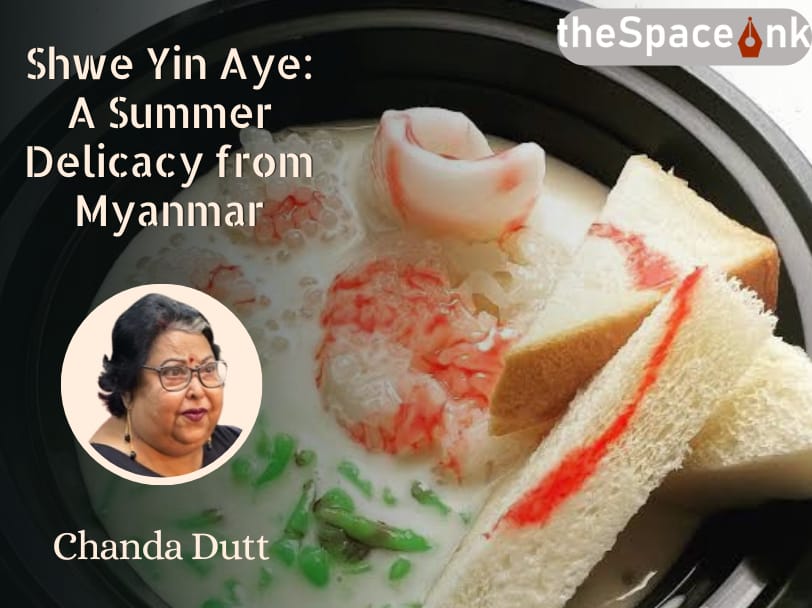


6 Responses
Stories are told with clarity and so completely. Enjoyed the read.
Story of the real essence of women power!
What amazing women!
Incredible stories of incredible women in incredible india
Excellent project!! Such amazing women. Beautifully shot.
As usual, there is a great woman behind every idiot……..John Lennon…